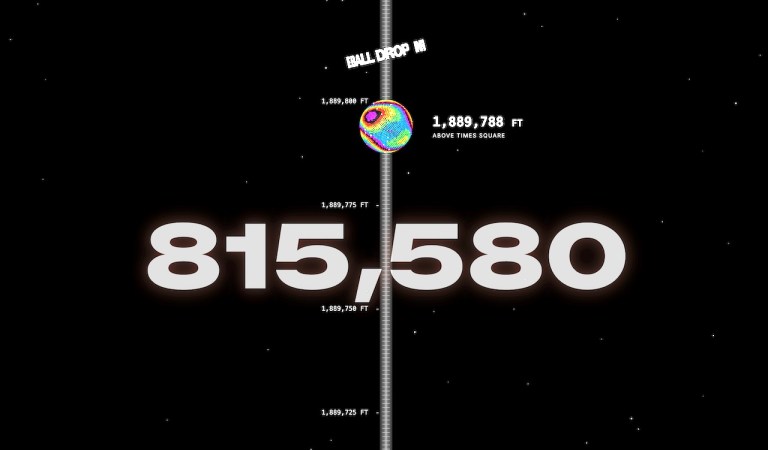An Explanation of What Gluten Is, Where It Can Be Found, and Which Conditions Warrant a Gluten-Free Diet
In a recent TED-Ed animated lesson, gastroenterologist Dr. William Chey explains what gluten is, where gluten can be found, and which conditions (wheat allergy and celiac disease) warrant a gluten-free diet. While non-celiac gluten sensitivity is a very real condition, it is a bit more complicated to diagnose.
Gluten sensitivity’s occurrence in the general population is unclear, but likely much more common than wheat allergy or celiac disease. Diagnosis is based on the development of symptoms, the absence of wheat allergy and celiac disease, and subsequent improvement on a gluten-free diet.There’s no reliable blood or tissue test, partly because gluten sensitivity isn’t a single disease, and has a number of different possible causes.For example, it may be the case that gluten can activate the immune system in the small intestine, or cause it to become leaky. But sometimes, people claiming gluten sensitivity are actually sensitive not to wheat proteins,but sugars found in wheat and other foods, called fructans. The human intestine can’t break down or absorb fructans, so they make their way to the large intestine or colon, where they’re fermented by bacteria, producing short-chain fatty acids and gases. This leads to unpleasant symptoms in some people with bowel problems. Another possible explanation behind gluten sensitivity is the Nocebo effect. This occurs when a person believes something will cause problems, and because of that belief, it does.






